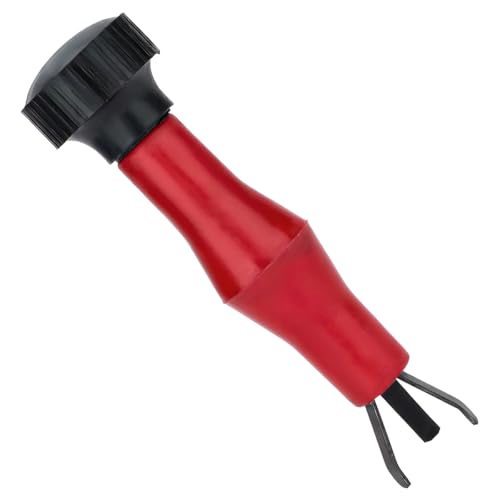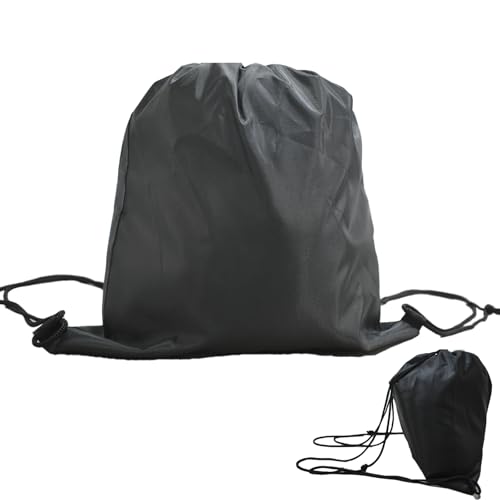Q1. How do I know if I can legally sell or install aftermarket parts for motorcycles?
A1. Vehicle Code section 27156 (VC 27156), California's anti-tampering law, prohibits the installation of any add-on or modified emission-related part on any pollution-controlled motorcycles, unless the part has been exempted by ARB. ARB exempts a motorcycle part from the prohibition of VC 27156 if the part is found to do either of the following: 1) not reduce the effectiveness of any required emission control device on the motorcycle or 2) demonstrate that the applicable emission standards are being met when the part(s) are installed on the motorcycle.
Motorcycles which are manufactured for on-road use have been pollution controlled since the 1979 model year. Starting the 1979 model year, add-on and modified parts for on-road motorcycles have been required to receive an anti-tampering exemption. Likewise, motorcycles which are manufactured for off-road use have been pollution controlled since 1997 model year and are subject to the prohibitions in VC 27156.
Q2. Which motorcycle parts must receive an anti-tampering exemption from ARB?
A2. VC 27156 only applies to emission-related add-on and modified parts. These are parts that are not functionally identical to an original part on the motorcycle. Some examples are fuel injection systems, re-jetting of carburetors, aftermarket catalytic converters, performance camshafts, and gear sprockets. Conversely, parts that serve as direct replacements to stock parts, like spark plugs, plug wires or air cleaner elements, do not need to be exempted. Manufacturers though must maintain records with specification data that confirm their replacement parts are indeed functionally identical. Note that exhaust systems (headers or mufflers) intended for installation on non-catalyst equipped motorcycles are also considered by ARB to be replacement parts provided all emission controls originally connected to the exhaust manifold are reconnected to the exhaust system and are functioning properly.
Non-emission-related parts are not affected by VC 27156 and do not require prior approval from ARB to be sold or installed. Examples of non-emission-related parts include storage bags / racks, mirrors, suspension components, seats, wheel rims, and decorative accessories.
Q3. How do I go about receiving an exemption from ARB?
A3. Aftermarket manufacturers of add-on and modified parts applying for an exemption must submit an application form to ARB describing the part or device, and which motorcycle models that it is intended to be used. The application forms can be found on the following webpage on ARB's Internet site:
https://www.arb.ca.gov/msprog/aftermkt/forms/forms.htm.
In most cases, ARB requires emission testing to confirm compliance with the applicable motorcycle emission standards. More detailed information on how to complete the exemption process can be obtained from the following link:
https://www.arb.ca.gov/msprog/aftermkt/vc27156procedures.pdf.
Once a part is exempted, the manufacturer is issued an Executive Order (E.O.) which certifies that the part is now legal for sale. However, it cannot be installed on a new motorcycle until the motorcycle has been sold to an ultimate purchaser. California law requires that all new motorcycles be sold in their original, emission-certified configuration with no modifications. Failure to comply with any of the above requirements for exemption or sale of such parts can result in enforcement penalties to the aftermarket part manufacturer.
Q4. How do I know that the parts on my motorcycle have received the proper VC 27156 exemption?
A4. Aftermarket part manufacturers are required to provide a label to identify each exempted part sold. The label should indicate the manufacturer's name, device name and a valid E.O. number assigned by ARB. The format of the E.O. number is D-xxx-xxx, where "xxx" is a series of designated numbers. The label is either affixed directly to the part itself or included with the part with instructions to install it in a visible location. Look for this label when shopping for emission-related aftermarket motorcycle parts.
The legality of a part can also be verified from ARB's website:
https://www.arb.ca.gov/msprog/aftermkt/devices/amquery.php.
Parts can be searched by type or by assigned E.O. number.
































































